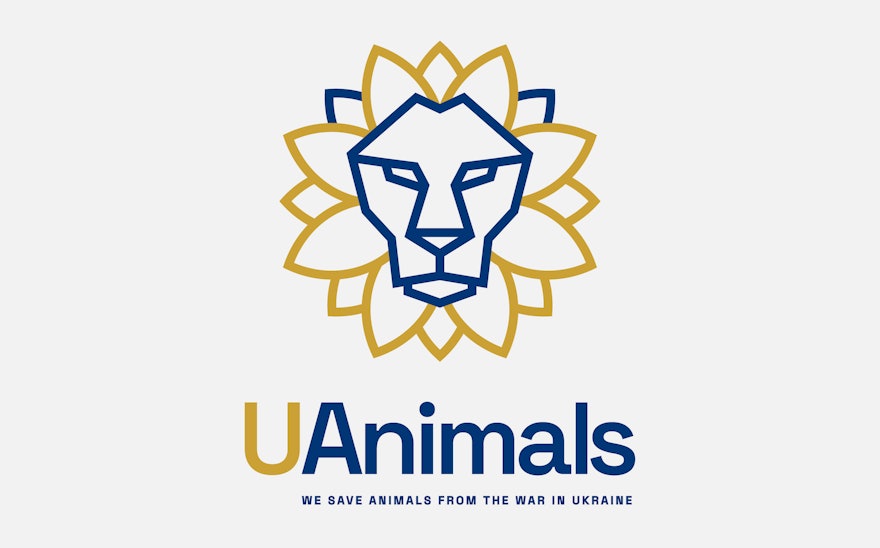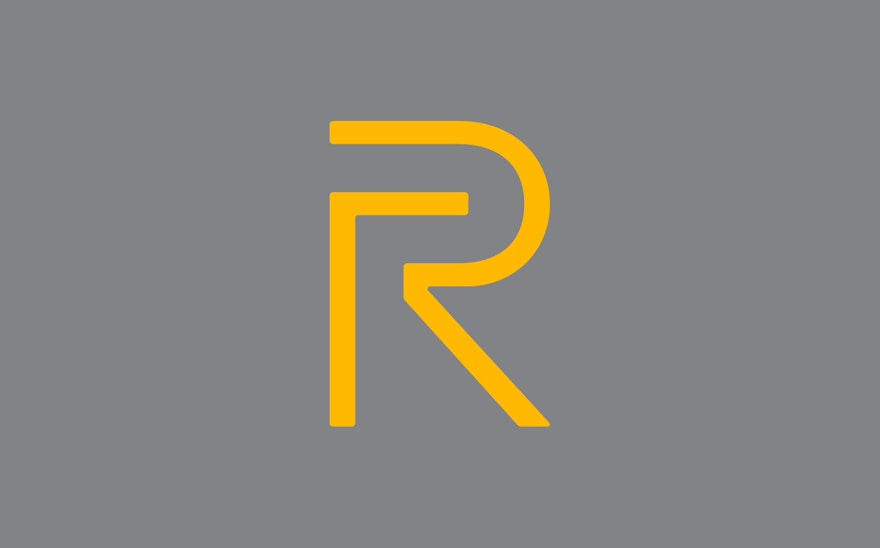Last May Pentagram’s Austin office received this message:
Hello from Ukraine!
My name is Oleksandr Todorchuk and I am the founder of UAnimals–the largest organization in Ukraine that saves animals from war. In recent months, Russia has caused enormous damage to people and animals. Two zoos and at least five shelters were shelled. From the first days of the war, our organization feeds, treats and evacuates animals.
My question will sound fantastic, but maybe your company has some kind of pro bono program in which you could create a new logo for UAnimals. This would be a great support for us in this difficult time. We have the attention of the whole world and visual communications play a huge role in conveying messages.
Thank you! I will be grateful for your answer.
Oleksandr Todorchuk
Partner DJ Stout, principal of Pentagram’s Austin office, and his team were moved by the request and impressed by the organization’s mission and bravery. They decided to take on the job.
For the kickoff Zoom meeting, Oleksandr (Sasha) joined from an undisclosed location in Kiev – it looked like the basement of a building – wearing Ukrainian military fatigues. His colleague, Olga Chevganiuk, called in from her car while she drove through the darkened city streets.
During the call, the Pentagram team learned that the operations of the group depend on donations generated from Facebook, Instagram, TikTok, Telegram and the UAnimals website. The organization had recently launched two English speaking channels on Instagram and Twitter. They explained that with their increased social media presence, they believed an improved visual identity would benefit their fundraising efforts. A more professional look would help the organization appear established, reputable and more international, which would encourage the kind of public support needed to continue their work.
Previously, UAnimals had adopted a clip-art, mechanical line drawing of a lion’s face as their logo. At first it seems unusual that the lion, a wild African animal that is not native to Ukraine, would serve as their mascot, but over time the group developed an affinity for the image. The organization rescues a variety of species including dogs, cats and other pets, domestic livestock like horses, cows and sheep, and more exotic animals caught in the indiscriminate shelling of zoos and animal shelters. The image of the lion, the “King of the Animals,” represented the entire animal kingdom. The Pentagram team decided to keep the lion as the organization’s mascot but elected to explore ways to make the mark more unique, ownable and pertinent to UAnimals and their home in war-torn Ukraine.
During its research, the design team learned that the sunflower, an important cash crop in Ukraine, has long been a beloved symbol of the country’s national identity. When Russia attacked Ukraine, the sunflower – soniashnyk in Ukrainian – took on new layers of meaning, emerging as a “global symbol of resistance, unity and hope,” according to Jennifer Hassan of The Washington Post. The “sunflower movement” began with a viral video shared by UkraineWorld on February 24th, the first day of the invasion. In the clip, a Ukrainian woman in the southern port city of Henichesk gives sunflower seeds to armed Russian soldiers. “Take these seeds so sunflowers grow here when you die,” she says, through a translation by BBC News.
A sunflower, bright yellow against a blue sky like the bicolor Ukrainian flag, was the perfect symbol to merge with the determined visage of the lion’s face because of its meaningful symbolism to the Ukrainian people. It was a happy coincidence that the corona of a sunflower’s petals resembles the shape of a male lion’s mane.
After that discovery, the Pentagram team went to work redrawing and simplifying the original UAnimals lion, combining it with an equally simple sunflower mane but also purposely maintaining the line drawing technique of the previous icon. The designers wanted to evolve the clip-art logo but also appreciated how the reworked drawing of the lion’s face resembled the geometric rendering style of the Ukrainian trident, a historical emblem used in Ukraine’s coat of arms and on earlier incarnations of the country’s flag.
The Pentagram team also evolved the existing UAnimals logotype, a sans-serif wordmark with the cap letters “U” for Ukraine and the “A” in animals mushed together and elevated. They set the name of the organization in a more confident, contemporary sans serif typeface called Space Grotesk by Florian Karsten, and kept the whole word on the same baseline.
The final UAnimals mark shows off a refreshed color palette featuring indigo blue and metallic gold. The darker tones give the new identity a more sophisticated, upscale appearance and distinguishes the organization from the wave of other Ukrainian entities that utilize the blue and yellow of the Ukrainian flag. The darker colors also keep the logo easily readable at the smaller sizes required by the digital platforms where UAnimals raises its awareness and solicits financial support.
Most of the images featured on the UAnimals social platforms are either of wounded animals or of soldiers and volunteers holding rescued pets and livestock. The imagery is heartbreaking but showcases how lovable animals – even wounded ones – are. The amateur snapshots tell a truthful, harrowing story of innocent creatures caught in the crossfire of human conflict. The realistic reportage is effective at drumming up support for the rescue operation, but the Pentagram team suggested adding a set of more polished animal portraits to the UAnimals branding tools.
Pentagram approached Randal Ford, a professional photographer based in Austin who has become internationally known for his finely crafted studio portraits of animals. One of his first jobs photographing animals was a commission he received from Pentagram Austin in 2008 to photograph a series of dairy cows for a redesign of Dairy Today magazine. These cow portraits, shot in a barn near Waco, Texas, went viral and from that moment on the photographer never looked back. Ford continued to shoot portraits of a variety of species all over the country, and in 2018, Rizzoli New York published The Animal Kingdom, his first book of animal images. Rizzoli also published a follow-up volume of Ford’s portraits of dogs in 2020 called Good Dog. Both best-selling books were designed and produced by Pentagram Austin.
Ford agreed to offer his images to the UAnimals cause free of charge. His expertly crafted portraits feature a variety of healthy animals and give the rescue group an additional visual tool to help further their international reputation so they can save more animals.
Godspeed.

